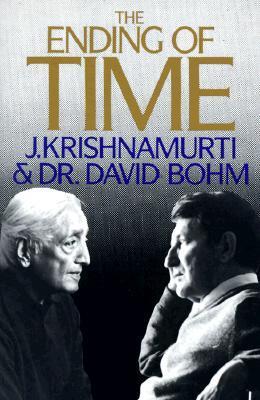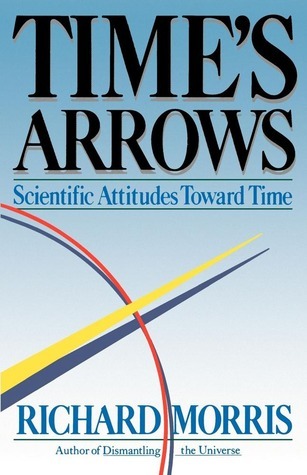
The Dance of Life: The Other Dimension of Time
Book Description
Time is not just a linear path but a vibrant dance, weaving through cultures, perceptions, and experiences. Edward T. Hall unravels the mysteries of how we experience time, exposing the hidden rhythms that dictate our lives, relationships, and societies. Discover how the same moment can feel exhilaratingly different depending on where you stand. With riveting insights that challenge conventional wisdom, this book is a captivating exploration of the interplay between time and existence. As you turn each page, you'll wonder: what if everything you thought you knew about time was just the beginning?
Quick Book Summary
In "The Dance of Life: The Other Dimension of Time," Edward T. Hall examines how our perception of time profoundly shapes our experiences, relationships, and societies. Drawing from anthropology, psychology, and philosophy, Hall reveals that time is not merely an objective sequence of events, but a richly subjective and culturally conditioned phenomenon. Cultures differ in how they structure, value, and interpret time—some seeing it as linear and others as cyclical. These hidden temporal rhythms influence everything from daily routines to social etiquette and business negotiations. By exposing the intricate dance of time that underlies human interaction, Hall encourages us to rethink our assumptions and become more attuned to the diverse temporal worlds inhabited by people around the globe.
Summary of Key Ideas
Table of Contents
Cultural Constructions of Time
Edward T. Hall opens his exploration by challenging the notion of time as a universal constant. Instead, he argues that time is shaped by culture, context, and individual experience. Distinguishing between monochronic cultures, which prioritize schedules and punctuality, and polychronic cultures, which value flexibility and relationships, Hall shows that even seemingly objective measurements of time are filtered by deep-seated cultural values and worldviews. This fundamental divergence affects everything from how people plan their days to how they interpret respect, efficiency, and social interaction.
Temporal Patterns in Communication and Relationships
Communication and relationships are steeped in the invisible patterns of time. Hall explains how different cultures perceive pauses in conversation, the appropriate timing of social rituals, and the pace at which relationships develop. Misunderstandings often arise when people with different temporal sensibilities interact, whether in personal relationships or in the workplace. By making these temporal patterns visible, Hall argues, we can become more sensitive and effective communicators, better attuned to the unspoken dance that governs human connection.
The Impact of Time Perception on Society
The societal implications of time perception are profound. Hall explores how societies organize institutions around their dominant rhythms—schools, businesses, and governments operate according to deeply internalized concepts of what constitutes appropriate timing and pace. These structures influence everything from productivity to justice and contribute to mutual misunderstandings in a rapidly globalizing world. Recognizing these differences in temporal culture is essential for cooperation, negotiation, and the creation of more equitable systems.
Hidden Rhythms and Unconscious Influences
In addition to conscious beliefs about time, Hall highlights the "hidden rhythms"—unconscious patterns that direct behavior and expectations. These rhythms can govern everything from meal times and sleep cycles to the ways societies mourn, celebrate, or structure workdays. Often taken for granted, these patterns surface only when disrupted, such as when someone moves between cultures or environments. Hall’s insights reveal how much of our experience of time is guided by ingrained, often invisible rules, shaping our sense of normalcy and well-being.
Navigating Time in a Globalized World
Facing a world of increasing cultural interaction, Hall urges readers to develop temporal intelligence: a heightened awareness of the diversity in how time is experienced and valued. He proposes that understanding temporal diversity is key to transcending misunderstandings and building bridges in both personal and professional spheres. Ultimately, Hall’s work is a call to embrace the rich dance of time, not as a rigid measure, but as a living dimension that can foster empathy, adaptability, and deeper intercultural understanding.
Download This Summary
Get a free PDF of this summary instantly — no email required.





